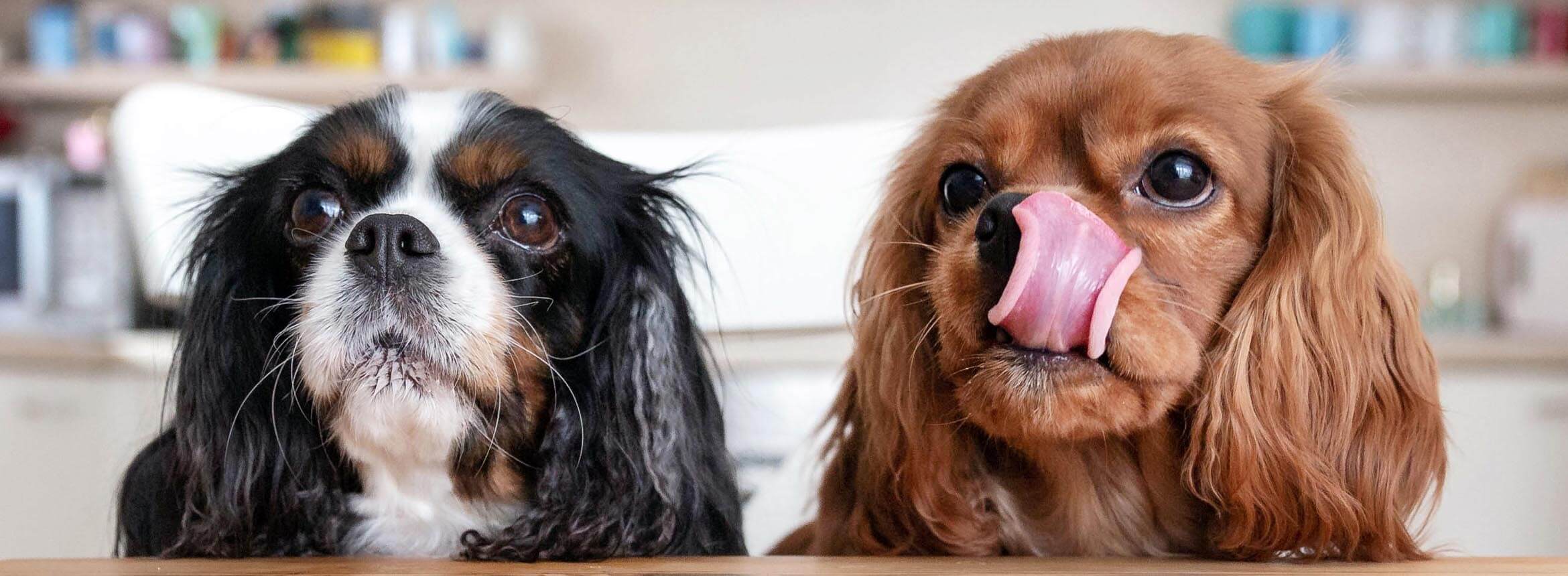Itty-bitty faces. Big puppy dog eyes. Perfectly lap-sized bodies. Small-breed dogs have a special kind of cuteness! They can also use that cuteness to get away with things, so training is essential. Here are useful approaches to take with your little guy.
1. Get on your pup’s level.
To a tiny dog – especially if he’s a puppy — humans are really big! If you tower over your teeny guy during training, it might be intimidating or a little scary for him. Instead, try crouching down or sitting at your pup’s level when teaching him commands. You can then evolve to a standing position once your dog gets the idea of what he’s supposed to do.
2. Privileges must be earned.
This is a big must for little dogs. Some Pet Parents are OK with letting their smaller dog couch hop, lap dive, or hog the bed because the behaviours are cute or funny (or both). But these behaviours are all privileges that your small dog needs to earn.
If you let him do any of these things without being invited, you run the risk of him becoming pushy and demanding. Instead, give your little guy a command like “Sit” or “Down” that he must complete before getting what he wants. After the command is obeyed, the couch (or your bed or your lap) is fair game — but not before!
If you give in to your little pal’s begging to be held, or pick him up whenever he’s doing something naughty, he may develop “small dog syndrome.” This is a common term for the anxious and sometimes aggressive behaviours that can often be seen in small-breed dogs. Treat being picked up and held as another privilege your small buddy must earn.
3. Repetition is the key to success.
Some small-breed dogs can take a little longer to pick up potty training and obedience. Shih Tzus, Pugs, Chihuahuas, and Maltese may all need more repetition and practice to be fully housetrained and follow commands. Don’t be disheartened if your wee companion doesn’t get it right away — keep at it! A well-mannered pooch is worth the effort.
4. They may need more potty breaks.
Some small-breed dogs may need to urinate more frequently. If you can’t take your dog out often during the day, consider hiring a dog walker or asking a friend to let your buddy out for frequent breaks until he’s able to hold it for longer periods of time.
5. Be positive and consistent.
Set your rules and boundaries and enforce them consistently. Remember to be gentle — since your bud is small, it’s easier to accidentally injure him. Positive reinforcement coupled with praise, treats, and lots of love will make training sessions rewarding for your small dog and strengthen his bond with you.

